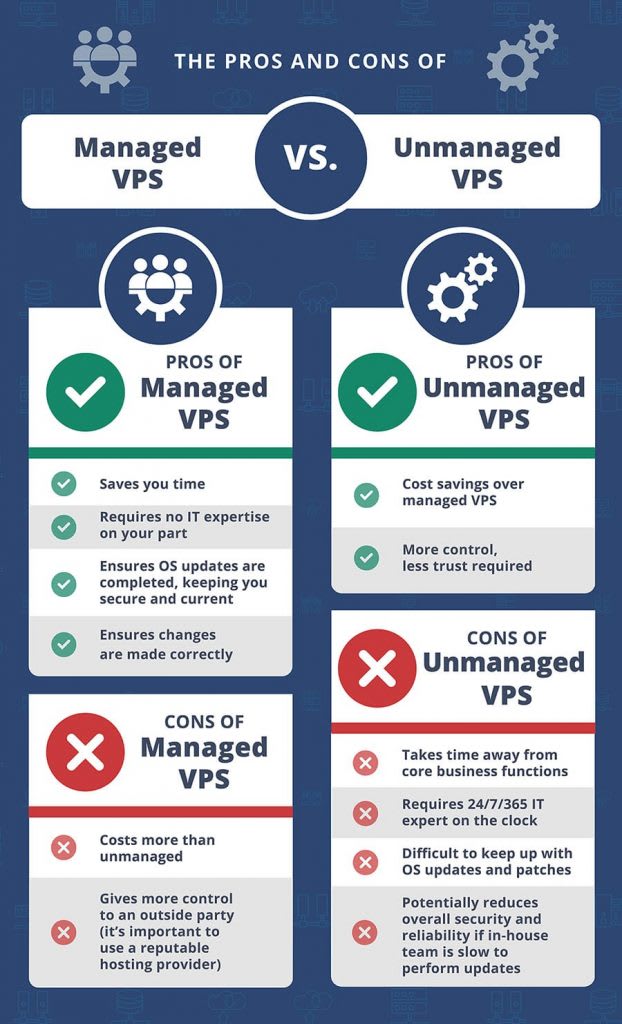what does vps stand for

Virtual Private Server (VPS) hosting has become increasingly popular in recent years, providing businesses and individuals with a powerful and flexible solution for their hosting needs. But what exactly does VPS stand for? In this comprehensive guide, we will delve into the world of VPS, exploring its definition, functionality, benefits, and more. Whether you are a tech-savvy professional or a beginner in the hosting realm, this article will provide you with all the information you need to understand what VPS stands for and how it can benefit you.
Section 1: Understanding VPS
Summary: In this section, we will define what VPS stands for and explain the concept behind it. We will explore the differences between VPS and other hosting options, such as shared hosting and dedicated servers.
Section 2: How Does VPS Work?
Summary: This section will dive into the technical workings of VPS, including the virtualization technology behind it. We will explain how VPS ensures privacy, security, and isolation for users.
Section 3: Advantages of VPS Hosting
Summary: Here, we will outline the numerous benefits of opting for VPS hosting. From enhanced performance and scalability to greater control and customization options, we will explore why VPS is the ideal choice for many businesses and individuals.
Section 4: Types of VPS Hosting
Summary: This section will discuss the different types of VPS hosting available in the market, such as managed VPS, unmanaged VPS, and cloud VPS. We will explain the features and advantages of each type.
Section 5: Choosing the Right VPS Provider
Summary: In this section, we will provide valuable tips and considerations for selecting the right VPS provider. From evaluating performance and reliability to assessing customer support and pricing, we will guide readers through the decision-making process.
Section 6: Setting Up and Managing a VPS
Summary: Here, we will provide a step-by-step guide on how to set up and manage a VPS. From choosing an operating system and control panel to configuring security measures, readers will learn the necessary steps to get their VPS up and running.
Section 7: Common Uses of VPS
Summary: This section will explore the various ways businesses and individuals can utilize VPS. From hosting websites and applications to running virtual desktops and game servers, we will highlight the versatility of VPS.
Section 8: VPS Performance Optimization
Summary: In this section, we will provide tips and strategies for optimizing VPS performance. From optimizing server resources and caching techniques to implementing content delivery networks (CDNs), readers will learn how to maximize the speed and efficiency of their VPS.
Section 9: Security Measures for VPS
Summary: Security is paramount in the digital landscape. In this section, we will discuss the essential security measures that should be implemented to safeguard a VPS. From firewalls and VPNs to regular updates and backups, we will guide readers on protecting their VPS from potential threats.
Section 10: Future Trends in VPS Hosting
Summary: This final section will provide insights into the future of VPS hosting. We will explore emerging technologies and trends that are likely to shape the VPS landscape, such as containerization and edge computing.
Conclusion
Summary: In conclusion, this comprehensive guide has covered everything you need to know about what VPS stands for and its significance in the hosting industry. Whether you are a business owner looking for a reliable hosting solution or an individual seeking more control and flexibility, VPS hosting offers a powerful and scalable option. By understanding the ins and outs of VPS, you can make informed decisions and leverage its advantages to meet your hosting needs effectively.




